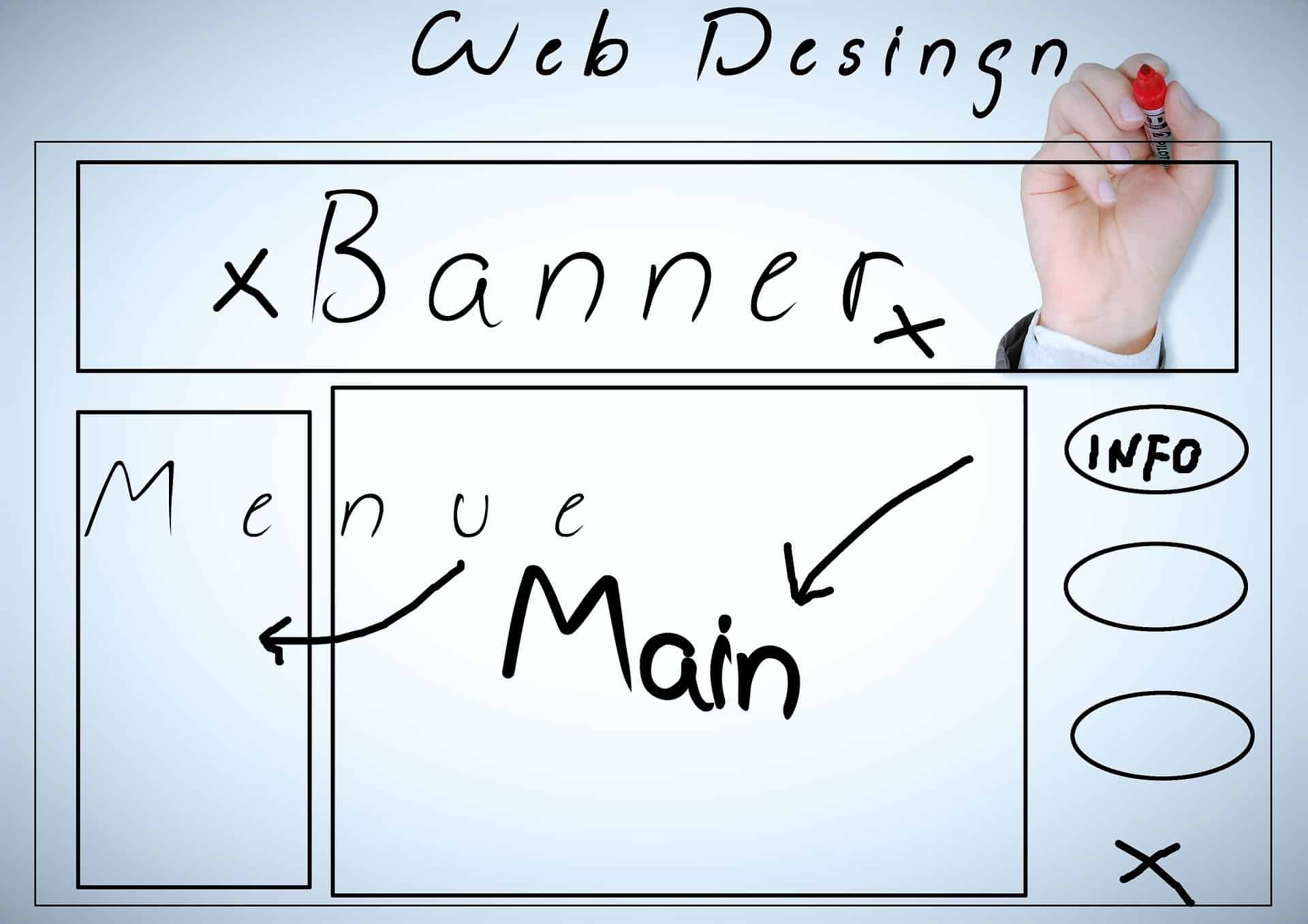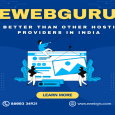What do businesses want more than a striking, beautiful website? One that converts, of course! Keep reading to learn more about how to design a website that drives conversions, turns visitors into customers and gives a better website conversion rate.
Building a website that scoops up website visitors out of the murk of anonymity into prospective customers does not have to be as complicated as brain surgery or as annoying as bean counting.
While web design that caters to both SEO and user experience is a big part of how your website will convert website visitors into prospective customers, there are other ways to optimise your website and there are plenty of great examples over at QuikClicks.com.au.
It is most certainly of great benefit for an organization to contact a professional Conversion Rate Optimisation specialist (CRO), however smaller businesses may not have the budget and decide to take on their website conversions themselves. And that’s exactly what this article is about; a how-to guide for smaller organisations to optimise their company website themselves.
This basic conversion optimisation crash-course for Small Business is not the end all, be all of how to make your website convert but it is certainly going to put our readers on the right track.
Tips For Better Website Conversion Rate

1. Make Your Website Incredibly Easy To Use
Easier said than done, but worth more than the weight of your laptop in gold; making your site more comfortable to use is the first step to increasing conversions for your company website.
Quite often smaller businesses choose to mimic a larger competitor or a website design in which they feel most comfortable. But perhaps, as what the developers from Quikclicks have said, the biggest mistake small business owners make with their website is that they don’t ask their visitors for any input, don’t a/b test, or even ignore criticism. These are very essential for a better website optimization rate.
At the end of the day, website page elements should look like what they do; a placeholder for a video should bear a resemblance to a video player, and a button to learn more about delivery could probably have a delivery truck icon on it. I’m not suggesting going full skeuomorph, but I am certainly suggesting some thought be given to make it clearly recognisable. As in within a second, your website visitor should have a pretty good idea what something does without thinking too hard.
2. Be As Persuasive As Possible
Making the functions of website elements entirely visible to your users isn’t the only way to make your website convert. A little (or a heck of a lot) of persuasion helps as well.
So, how might one make their business website more persuasive? Words on their own aren’t the only way to persuade a website visitor.
I don’t know many people who would be able to resist hitting a big red button. It’s in our nature; if we see a button begging to be pressed, we press it. The same idea applies to the web – when combined with an advantage and/or benefit of pressing it, a button can lure your website visitors into clicking it.
Colour plays a significant role with this as well, and it might help me a good idea to do a bit of homework when choosing your website colours; different audiences, different cultures, and different levels of customer sophistication will influence how they react and engage with elements of various colours.
3. Get Your Priorities Straight
The last point on this list is just as important as the first two; not prioritising the content on your website by what’s most relevant to your business objectives is a hole in the bottom of your bucket.
Each page needs a primary goal; anything beyond that should not steal focus. If you’re offering multiple options on a single page, they should not carry the same weight. Emphasise the offer that benefits both your business and your customer most through colour, encapsulating borders, and by placing it above the fold.
There are many ways to design a conversion optimised website. However, we think these three points are right at the top of the list for getting a better website conversion rate.
What do you think? If you’ve got any valuable points to add, please let everyone know in the comments!









